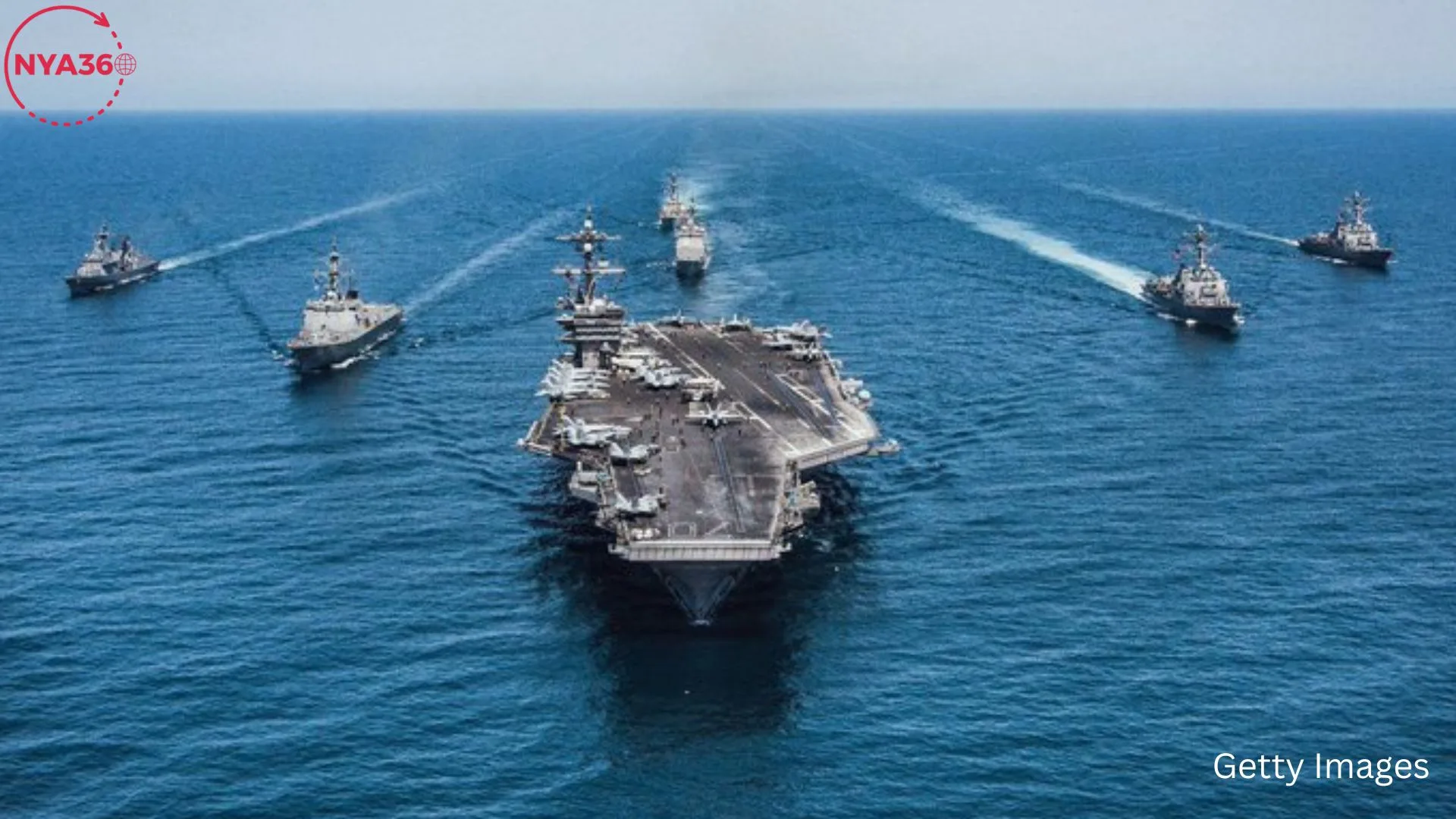The United States’ choice to spearhead a multinational alliance of 10 naval forces against the Houthis in the Red Sea area is a noteworthy advancement in the current Yemen crisis. It demonstrates a deliberate endeavor to tackle the mounting tensions and security issues in the region.
The Yemen conflict is intricate and diverse, encompassing multiple sides, such as the internationally acknowledged government backed by a Saudi Arabia-led coalition, and the Houthis, who hold substantial territories in Yemen, including the capital, Sana’a. The Houthis, who are affiliated with Iran, have been involved in a prolonged and destructive civil war with the Saudi-led coalition.
The U.S. decision to lead an international coalition against the Houthis in the Red Sea region highlights increasing apprehensions regarding security risks presented by the group’s actions in this crucial maritime zone. The Red Sea plays a vital role as a significant international shipping route, and any disturbances or dangers in this area could have extensive consequences for worldwide trade and maritime safety.
BREAKING:
The U.S. just announced that it will lead an international coalition of 10 navies against the Houthis in Yemen.
Looks like they Houthis chose to have other people raise their sons and daughters.
The U.S. Navy is coming… pic.twitter.com/OG4NO6FJ0g
— Visegrád 24 (@visegrad24) December 18, 2023
The alliance of ten naval forces signifies a coordinated endeavor to safeguard the security of maritime transportation and preempt possible Houthi assaults on commercial shipping and international vessels transiting the Red Sea. The main objective may be protecting these crucial water routes from potential dangers such as naval mines, assaults on vessels, or any other activities that could jeopardize maritime transportation and commerce.
Furthermore, this action might be interpreted as a component of wider initiatives aimed at resolving the Yemeni crisis. It involves utilizing diplomatic and military means to exert pressure on the parties involved, with the objective of bringing them to the negotiating table for a peaceful settlement. The U.S. showcases its dedication to maintaining regional peace and security by spearheading this alliance. The objective is to control and mitigate potential dangers originating from Yemen that may have adverse effects on neighboring nations and international trade routes.
Nevertheless, it is imperative to acknowledge that any military intervention or escalation in the area must be handled with prudence due to the possibility of unforeseen outcomes, such as harm to non-combatants, worsening of the humanitarian situation in Yemen, and the potential for intensifying the conflict.
The optimal approach to address the situation in Yemen should prioritize diplomatic resolutions, humanitarian assistance, and activities focused on attaining a lasting truce and inclusive peace talks with all pertinent stakeholders. International assistance and diplomatic involvement are essential for tackling the underlying reasons for the war and achieving a sustainable solution that guarantees peace, security, and the welfare of the Yemeni population.
The potential disruption of oil supply networks in the Red Sea might have significant repercussions on global markets, considering the importance of this region in worldwide trade. As of my most recent update in January 2022, there have been no widespread reports of a significant breakdown or interruption that would completely stop the flow of goods in the Red Sea supply systems.
Possible factors contributing to such disturbances could encompass:
Geopolitical Tensions: The Red Sea region is very susceptible to geopolitical sensitivities, and any conflicts, escalated hostilities between nations, or regional disputes have the ability to impact the transportation of oil and disrupt the flow of supply chains.
Security concerns arise from incidents of piracy, vessel attacks, or security threats occurring along significant maritime routes, particularly the Bab el-Mandeb strait. These incidents have the potential to impede the movement of oil and other goods, resulting in disruptions to the supply chain.
Logistical challenges encompass many operational obstacles such as accidents, breakdowns, congestion at ports, or logistical impediments in shipping lanes. These challenges have the potential to disrupt the seamless transportation of products, including oil.
Due to the region’s instability, any disturbance or escalation of problems in the Red Sea could potentially cause interruptions in oil supply lines, which would impact worldwide markets and energy prices. To obtain the most precise and up-to-date information regarding any ongoing events in the Red Sea that may impact oil supply lines, I suggest referring to recent news sources or official reports.
Follow us on social media: Instagram, Threads & Twitter X @nya360_ YouTube & Facebook @nya360.





